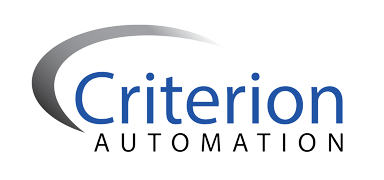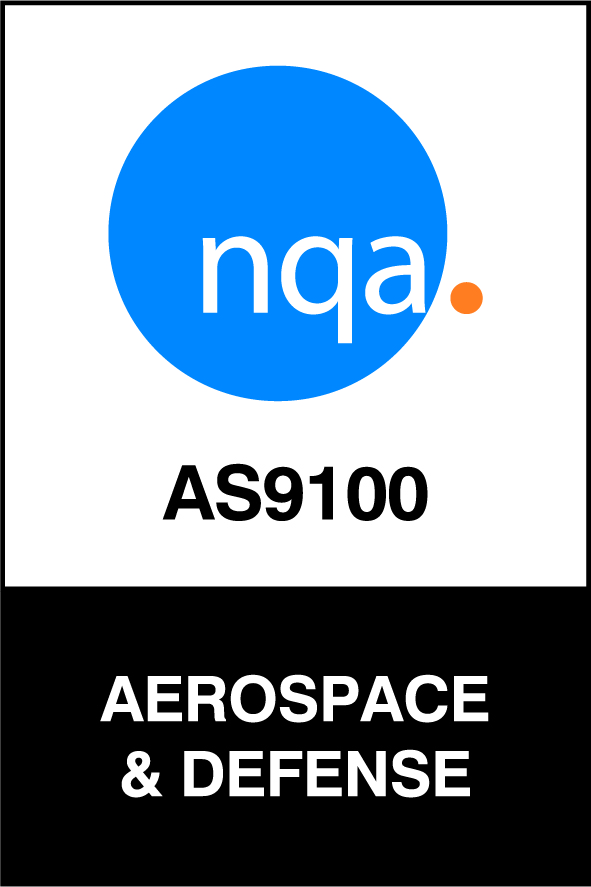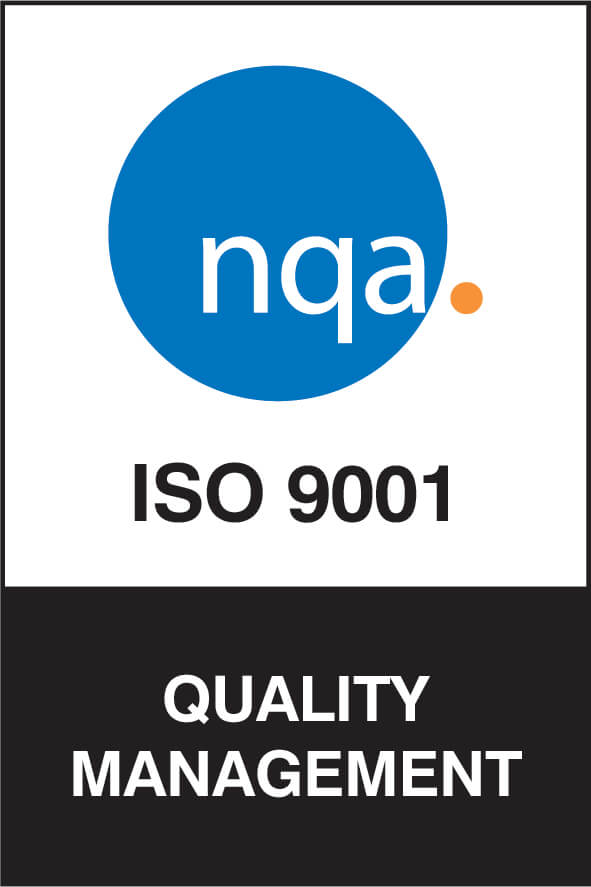The most desirable automation projects offer the highest value at the lowest cost. Since the cost of a project is strongly related to the project’s complexity, understanding the factors that tend to increase complexity will help you obtain the highest return on investment. Below, we’ll outline seven factors that impact complexity.
1. Incoming Component Dimensions
When designing an automation system, it is important to know if the incoming components are physically consistent. Humans can often sense component variations and intuitively adjust placement, or the amount of force required to complete a process. Machines, on the other hand, need to account for expected component variation in their design. Systems can be implemented to adjust for this variation, but this adds more complexity.
Awareness of incoming part consistency is most often overlooked when converting a manual system to an automated system. Operators may be adjusting for part inconsistency without realizing it. If you are considering the automation of a manual system, an evaluation of incoming part consistency should be conducted.
Complexity Reduction Questions:
- Are incoming parts dimensionally consistent?
- Are manual adjustments currently being made for incoming inconsistent parts?
2. Variation Requirements
A machine is often designed to produce multiple variations of a similar part—different sizes, colors, and assembly configurations. The type of variation significantly impacts the degree of complexity required. Variations that require the same basic actions or motion of the equipment, such as different length parts, add the least complexity. Variations that need to be accounted for with a different methodology add the most complexity.
It could be most cost effective to only automate the production of your highest volume variations and continue to manually produce lower volume variations.
Complexity Reduction Questions:
- What is the volume produced for each variation?
- Could the equipment produce fewer variations and still operate at full capacity?
3. Incoming Component Presentation
Being able to control the location and movement of incoming components is necessary to perform most automation processes. If the components are presented in a consistent fixed orientation, they are easier to control. Bowl feeding is a common method of aligning small parts for controlled handling. Parts that are presented in an uncontrolled random fashion add complexity to the system.
Reducing the need for the automation process to control the part location will decrease the automation cost. Suppliers may be able to provide incoming components presorted in a fixed location. Upstream processes may be able to locate the part and pass this control on to the process being automated.
Complexity Reduction Questions:
- Could the supplier provide components in a consistent orientation?
- Could the parts be controlled upstream in the process?
4. Number of Components
In general, the more components in the automation, the greater the complexity. If your process has many components, it may be more cost-effective to consider a semi-automated system.
Complexity Reduction Questions:
- Could the number of components be reduced?
- Could multiple parts be assembled in one step?
5. Number of Product Orientations
If a process can be accomplished in a single orientation rather than requiring the part to be turned over or accessed from multiple sides, the automation will be less complex. Through product design, it may be possible to reduce the need for multiple orientation access, making the part easier for automated manufacturing.
Complexity Reduction Questions:
- Could the number of orientations be reduced during product design?
- Is there a way to orient the part for easier access?
6. Number of Tasks to Perform
Similar to the number of components in your assembly, the more steps a process requires the greater the complexity. Combining automated and manual tasks could result in the best cost/benefit ratio.
Complexity Reduction Questions:
- Could the number of tasks be reduced or combined?
7. Component & Assembly Characteristics
Some individual components are difficult to handle. Delicate, flexible, large, heavy, small, or light weight components may require special handling techniques to complete the process. In some cases, difficult to handle components are ideal applications for automation – heavy parts that can increase the risk of injury to operators can be handled easily by a machine. Some difficult to handle components are ideal for operators who have the advantage of hand dexterity which is difficult to automate. Identifying the best resource to use for various difficult to handle parts will help to maximize the benefits of an automated system.
Complexity Reduction Questions:
- Does this process include components that are difficult to handle?
- What resource is most adept at handling difficult to handle parts?
Understanding these 7 factors will help you to:
- Select processes for automation that have low complexity
- Proactively design products to minimize complexity.
- Specify the requirements of the automation equipment to provide the best cost/benefit ratio.
- Decrease risk of equipment failure.
- Decrease the cost of the equipment.
In addition to these complexity factors the overall scope of the project should be evaluated for value. It can be tempting to add features for situations that are unlikely or future needs that are uncertain. These additional features may add complexity and cost.
The most important strategy in reducing the complexity of your automation equipment is to partner with an experienced automation provider. An automation partner can provide the expertise gained from automating a variety of applications to simplify even complex applications.
Reduce Complexity and Increase Value
For over 35 years Criterion Automation has specialized in providing custom automation equipment to make it easier, safer, and faster for your assembly to produce quality products. If you have a project you would like to automate, we have a team that can help you. Schedule a complimentary 30-minute video call with Criterion today to learn how automation could help you reduce complexity and increase the value of your application.




